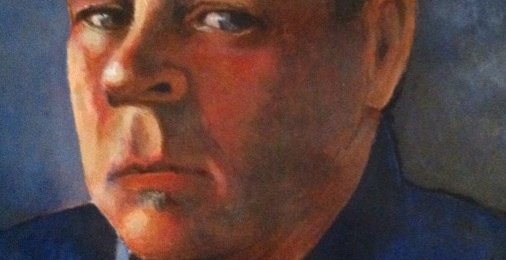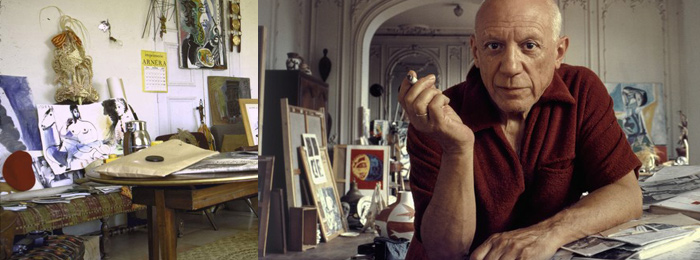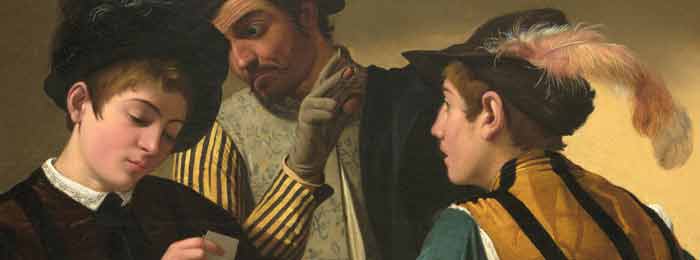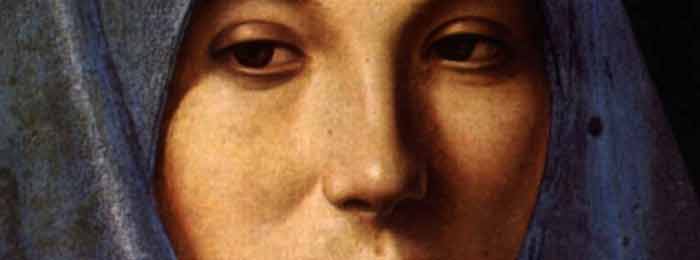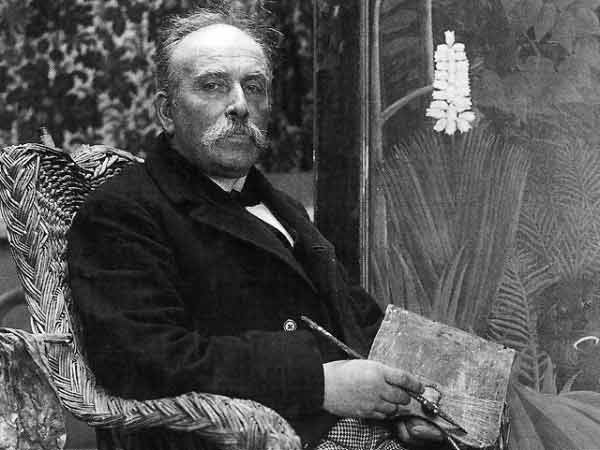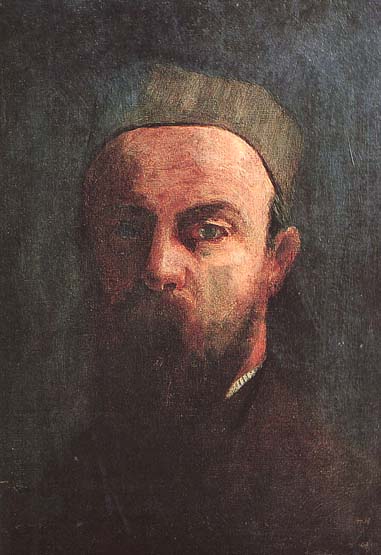On 20 Oct, 2015 With
Feedback from Allen Riddell
I am 55 and have been doing art for a long time. I studied very seriously at one point in my life but then got off track due to personal family obligations.
I am a high school art teacher for the last 8 years. I made the switch to teacher late in life because of the above mentioned reasons. I paint and draw in my free time, but not enough.
It has been hard to find an audience and sell my work because of competition and a non-responsive audience for realism.
Read More
On 13 Aug, 2015 With
Pablo Picasso was a Spanish painter, sculptor, printmaker, ceramicist, stage designer, poet and playwright who spent most of his adult life in France. As one of the greatest and most influential artists of the 20th century, he is known for co-founding the Cubist movement, the invention of constructed sculpture, the co-invention of collage, and for the wide variety of styles that he helped develop and explore. Exceptionally prolific throughout the course of his long life, Picasso achieved universal renown and immense fortune for his revolutionary artistic accomplishments, and became one of the best-known figures in 20th-century art. At the tender young age of 9, Picasso completed his first painting: Le picador, a man riding a horse in a bullfight. His…
Read More
On 21 Jul, 2015 With
Caravaggio’s painting technique: Using all of the technical and art historical information we now have on the paintings that can be firmly attributed to Caravaggio we can summarize his technical practices as follows: 1) Preference for using a linen canvas support mounted on a wooden strainer. 2) Preference for dark red-brown ground, often left visible, and used as mid-tones. 3) Use of dramatic, single-source lighting. 4) Use of incisions done free-hand in the still moist ground to establish the composition and fix the pose of his models. 5) Did not use preliminary sketches but began by loosely drawing the outline of forms in dark paint and locating major highlights in lead white (abozzo). 6) Used limited palette, primarily earth colors,…
Read More
On 2 Sep, 2014 With
One of the most important effects of the quality of suppleness and pliability possessed by all the great pointing mediums from to Rubens was the freedom they allowed the artist in his drawing. Unhindered by the difficulties of working with an inadequate medium, his brush could flow as his mind and eye and knowledge directed. Without the distractions that are always caused by any technical limitations, he was free to give his entire attention to the expression of his ideas and the exercise of his abilities. The supreme examples of this ease of execution are to be seen in the great masters of the sixteenth and seventeenth centuries, when the understanding of the human form together with the skill to…
Read More
On 17 Jun, 2014 With
Oil painting in its first form evolved from an earlier discipline known as , and was an attempt to overcome the severe limitations of that medium, such as a lacklustre finish and too-rapid drying time. Developed originally in Flanders, the method became known as the “Flemish Technique.” This method of painting requires a rigid surface on which to work, one that has been primed pure white, as well as a very precise line drawing. The line drawing was transferred to the white surface by perforating (tracing, in essence) the drawing along its lines. Once this transfer was complete, the resulting lines were enhanced with ink or viscous paint (using either a pen or finely pointed sable brush). The drawing was…
Read More
On 17 Oct, 2011 With
Techniques of printmaking (etching) as a fine art Etching is part of the intaglio family (along with engraving, drypoint, mezzotint, and aquatint.) The process is believed to have been invented by Daniel Hopfer (circa 1470-1536) of Augsburg, Germany, who decorated armour in this way, and applied the method to printmaking. Etching soon came to challenge engraving as the most popular printmaking medium. Its great advantage was that, unlike engraving which requires special skill in metalworking, etching is relatively easy to learn for an artist trained in drawing. Etching prints are generally linear and often contain fine detail and contours. Lines can vary from smooth to sketchy. An etching is opposite of a woodcut in that the raised portions of an…
Read More
On 11 Aug, 2011 With
A French Naive or Primitive painter. Henri Rousseau was also known as Le Douanier (the customs officer), a humorous description of his occupation as a tax collector. Ridiculed during his life, he came to be recognized as a self-taught genius whose works are of high artistic quality. Henri Rousseau was born in Laval, France into the family of a tinsmith. He attended Laval High School as a day student and then as a boarder. He was mediocre in some subjects at the high school but won prizes for drawing and music. He worked for a lawyer and studied law, but “attempted a small perjury and sought refuge in the army,” serving for four years, starting in 1863. With his father’s death, Rousseau moved to Paris in…
Read More
On 6 Aug, 2011 With
A French symbolist painter, printmaker, draughtsman and pastellist. Odilon Redon was born in Bordeaux, Aquitaine, to a prosperous family. He started drawing as a child, and at the age of ten he was awarded a drawing prize at school. Aged fifteen, he began the formal study of drawing, but on the insistence of his father he changed to architecture. His failure to pass the entrance exams at Paris’ École des Beaux-Arts ended any plans for a career as an architect, although he briefly studied painting there under Jean-Léon Gérôme in 1864. (His younger brother Gaston Redon would become a noted architect.) Back home in his native Bordeaux, he took up sculpture, and Rodolphe Bresdin instructed him in etching and lithography….
Read More
On 26 Jul, 2011 With
This Video Lesson presents an example of making two drawings in which you will learn how to draw relying on unique lose strokes only. You will be able to create your drawings fast, freshly, impressive, emotionally fulfilled and reminding the etching effect. Such technique is great for both preparatory sketches and finished artworks. Video is based on two drawings made by Natalie Richy. Here is another good example of portrait drawing where you can achieve great results with a minimalist approach. This drawing is done in the same style as the previous one. Graphite drawing techniques are virtually endless. Any way that you choose to apply graphite to a surface will produce some sort of interesting result. To begin with,…
Read More
On 26 May, 2011 With
Fine Art Video Lessons Finally Available Online A brand-new video course about classical oil painting and drawing techniques has been launched by the Web Art Academy. The Academy (http://art.webartacademy.com) offers fine art video lessons that reveal, step-by-step, the full process of artwork creation. Art students can now learn by watching the fine artist in action. London UK. A brand-new website offering high-quality fine art instruction has just been launched. The Web Art Academy (http://art.webartacademy.com) reveals traditional oil painting and drawing techniques to fine art students through the use of high-definition video lessons. The Web Art Academy was created to give fine art students a thorough instruction in the almost lost secrets of traditional oil painting and drawing. Natalie Richy and…
Read More


